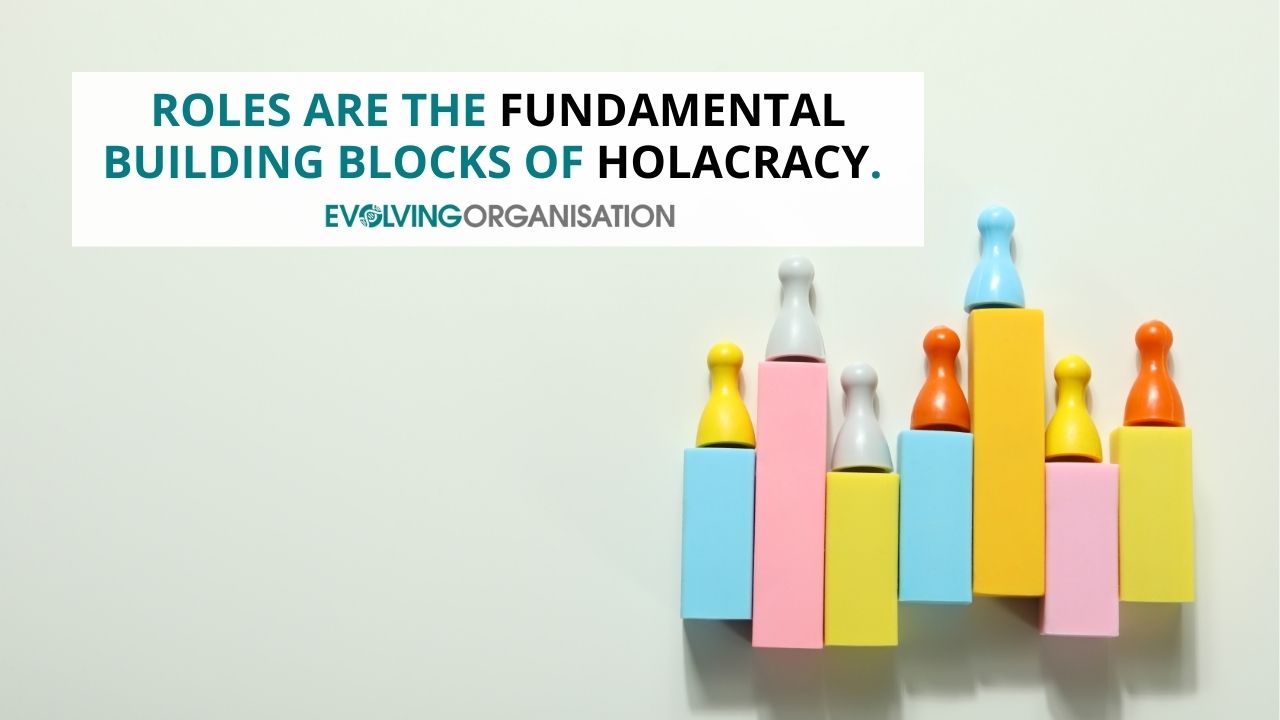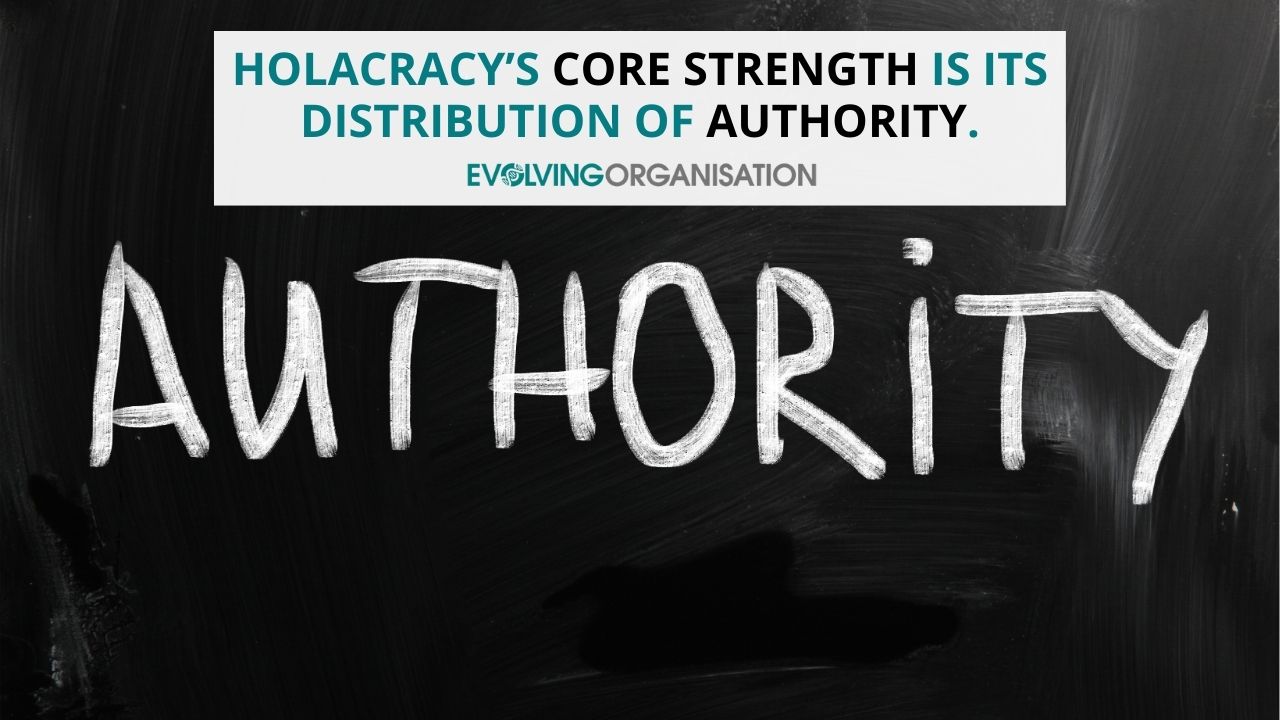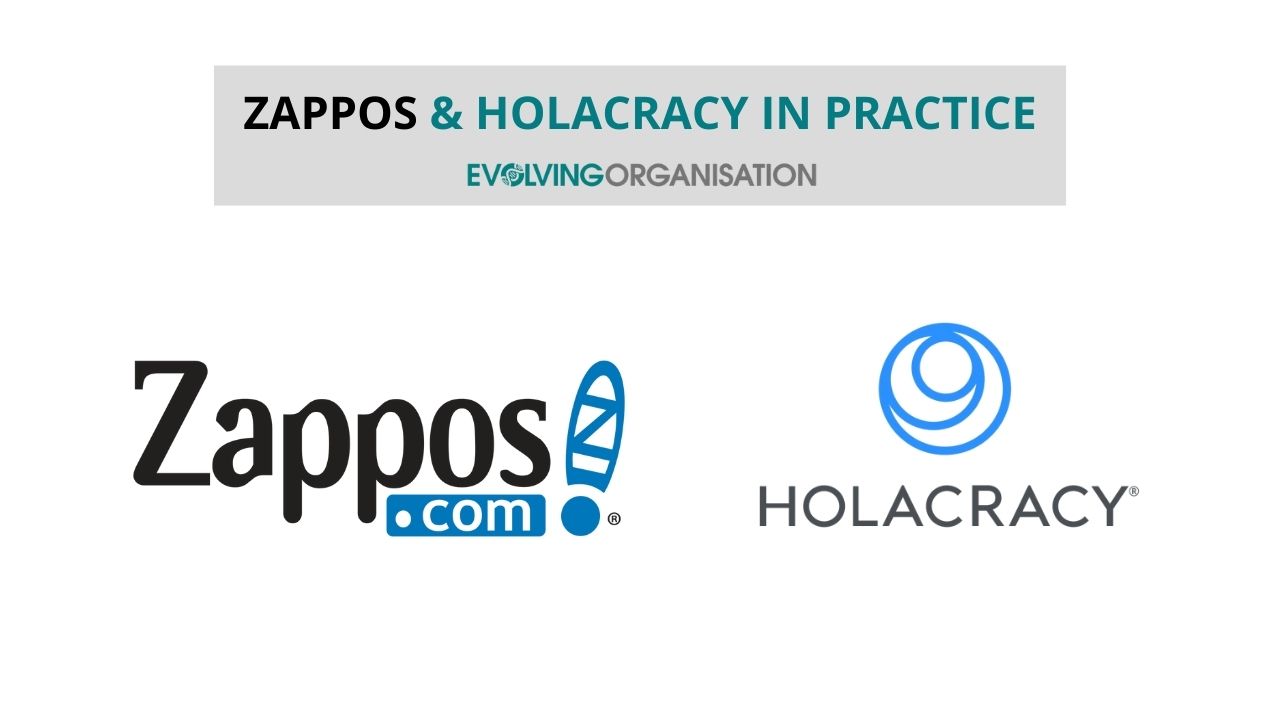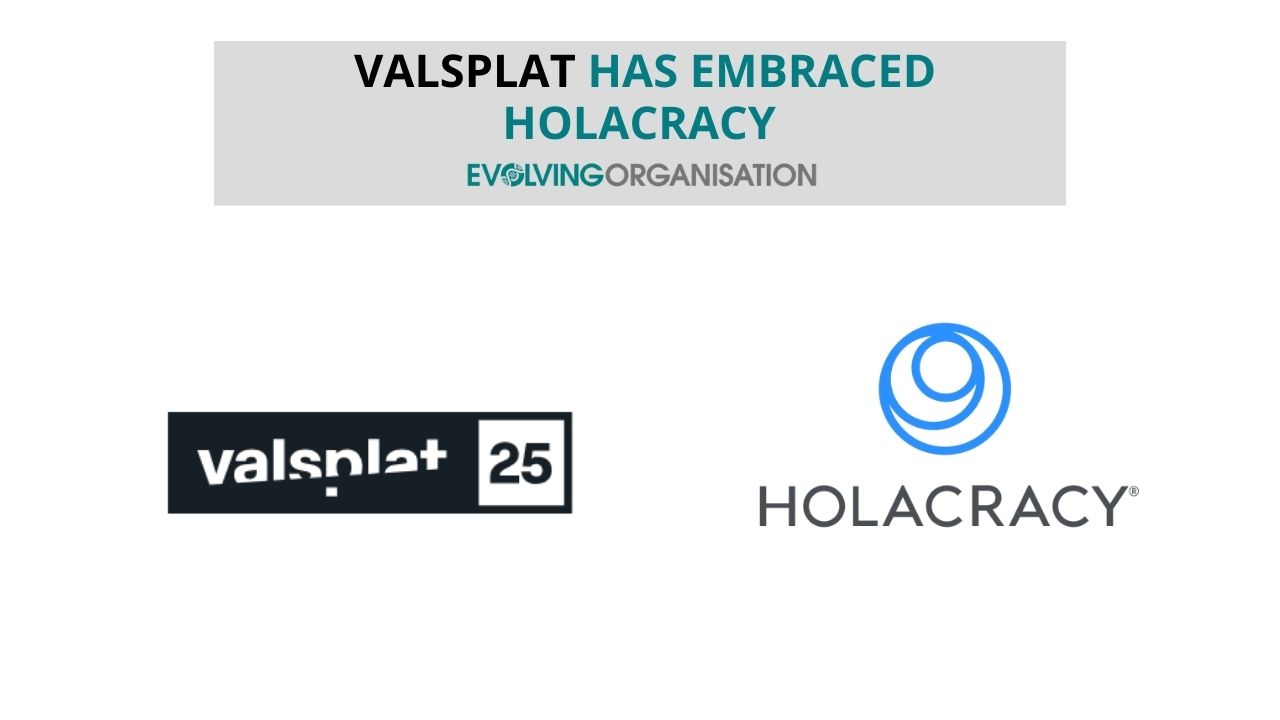
What Is a Holacracy Structure
Holacracy is rapidly gaining recognition as a transformative approach to organisational structure, replacing traditional hierarchies with a system of clear roles, semi-autonomous circles, and distributed authority. This blog provides a comprehensive overview of what Holacracy is, how it functions, and the real-world examples demonstrating its effectiveness.
You will learn about the core components, such as roles, circles, and the flow of authority, along with insights into its benefits, challenges, and whether your organisation is a good fit. Additionally, the blog guides you through the steps to implement Holacracy successfully, emphasising the importance of ongoing training, transparency, and patience.
Whether you are new to Holacracy or seeking to deepen your practice, this article equips you with the knowledge to understand and adopt this innovative, self-organising system that empowers teams to respond swiftly and adapt to change in today’s complex environment.
What is Holacracy?
Holacracy is a way of running organisations that replaces top-down management with a set of clear roles, circles, and processes that empower teams to self-manage and adapt quickly. It is designed to clarify responsibilities, delegate authority, and enable autonomous decision-making at all levels.
The core idea is that authority is distributed rather than concentrated in a few leaders. This allows teams to respond faster to change and innovation, creating more resilient, transparent, and agile organisations.
Key features include:
Clear roles with specific purposes, domains, and accountabilities.
Circles that are semi-autonomous groups responsible for specific functions.
Processes for regular governance and operational meetings to update roles and address tensions.
Example:
In an organisation that is using Holacracy, instead of a traditional manager assigning tasks, each role owner has the authority to make decisions within their domain, supported by regular Tactical and Governance Meetings where tensions are surface and resolved.
What Holacracy Tactical Meetings Are?
Roles

Roles are the fundamental building blocks of Holacracy. Each role has a defined purpose (why it exists), domains (areas of authority), and accountability (what it is responsible for). Roles are assigned to individuals based on their skills and interests, not traditional job titles.
How it works in practice:
Roles are flexible and can be easily created, modified, or removed in a flexible way as needed.
Each role owner has the authority to make decisions as defined by their role.
Regular role reviews ensure clarity and alignment.
Example:
A marketing role might have the Purpose of increasing brand awareness, a Domain of social media channels, and specific Accountabilities such as managing campaigns and reporting metrics.
Circles
Circles are semi-autonomous groups responsible for specific functions within the organisation. They operate with a degree of independence but are linked to other circles and the rest of the organisation and its priorities through a clear structure of nested circles.
How it works:
Circles have a purpose and are composed of roles.
They hold regular governance meetings to update roles and resolve tensions.
Circles can delegate authority to roles and coordinate with other circles.
Example:
The sales circle manages customer acquisition, with roles like Lead Generator and Client Relations, each with its own purpose and decision rights. They operate independently but align with the overall organisational purpose and any conditions that require them to align and cooperate.
Distributed Authority

Holacracy’s core strength is its distribution of authority. Instead of decisions being made solely by managers, authority is embedded in roles and circles. This allows for faster, more localised decision-making and reduces bottlenecks.
How it benefits organisations:
- Individuals are empowered to act within their roles.
- Teams respond quickly to emerging issues or opportunities.
- The organisation becomes more adaptable and resilient.
Example:
A product team can decide to pivot features without waiting for top management approval because decision rights are embedded within their roles.
Read Holacracy Pros and Cons In Detail
Does Holacracy work?
Holacracy has been adopted successfully by thousands of organisations all over the world, demonstrating its effectiveness in creating self-managing teams and enabling agility. It shifts the organisation from control to empowerment, fostering a culture of transparency and continuous improvement.
Real-world success stories:
Zappos: Implemented Holacracy to promote autonomy and innovation, leading to a more engaged workforce.
Mercedes-Benz.io: Uses Holacracy to foster a culture of rapid decision-making and adaptability.
Valsplat: Embraces Holacracy to shift beyond traditional hierarchies and increase team empowerment.
Zappos

Zappos is one of the most well-known examples of Holacracy in practice. The company adopted the system to decentralise decision-making and foster a culture of self-management. While it faced challenges, it succeeded in creating a more engaged and adaptable organisation.
Key takeaway:
Holacracy at Zappos exemplifies how distributed authority can drive innovation and employee ownership.
Mercedes-Benz.io
Mercedes-Benz.io adopted Holacracy to enhance agility in their digital teams. They found that clear roles and autonomous circles enabled faster decision-making and innovation.
Key benefit:
Greater responsiveness to market changes and customer needs.
Valsplat

Valsplat has embraced Holacracy to shift beyond traditional hierarchies. They report increased team empowerment, better clarity around responsibilities, and more effective collaboration—showing how Holacracy aligns with the goal of creating resilient, self-managing teams.
Benefits of Implementing Holacracy
Increased agility and responsiveness
Clearer roles and responsibilities
Faster decision-making
Greater employee engagement and ownership
Enhanced transparency and trust
Challenges of Implementing Holacracy
Requires significant cultural change and buy-in
Can be complex to implement and sustain
May face resistance from traditional management structures
Needs ongoing training and facilitation
Is Your Organisation a Good Fit for Holacracy?
Holacracy suits organisations that:
Value decentralised decision-making
Seek agility and adaptability
Want to foster a culture of ownership and transparency
Are prepared for a significant change process
It is less suitable for organisations resistant to cultural change or those with deeply entrenched hierarchies.
How to Implement Holacracy

Start with education and training for leadership and teams.
Pilot in a small team or department.
Take the Holacracy Adoption Program, which will guide you through the process step-by-step of a full Holacracy Adoption.
Or take the Team Clarity & Faster Decision-Making program to learn the foundations of Holacracy practice and choose whether to do a full Holacracy Adoption or just adopt the practices that work best for your team.
Best Practices for Making Holacracy a Success
Invest in ongoing training and coaching.
Foster a culture of transparency and trust.
Use visual tools and trusted systems to manage roles and tensions, such as Nestr.io, which is designed specifically for this.
Encourage open communication and feedback.
Be patient; cultural shifts take time.
Explore and Adopt Holacracy
Holacracy offers a proven framework for organisations seeking to move beyond traditional hierarchies. It aligns with the principles of self-organisation, distributed authority, and agility. Take our free 10-minute Team Needs check to explore whether your organisation is ready to adopt this innovative approach.
How Holacracy Works
Holacracy operates with a structure of nested circles (aka teams), a series of structured meetings—governance meetings to define roles and resolve tensions, operational meetings to coordinate work, and a set of rules defined in the Holacracy Constitution that govern how it all works. Decision rights are embedded within roles, and authority flows through circles, enabling rapid, localised decision-making.
Origin of Holacracy
Holacracy was co-developed by Brian Robertson and Tom Thomison in the early 2000s as a way to decentralise authority and create more adaptable organisations. It draws on systems theory, self-management principles, and agile practices, aiming to create organisations that can thrive in complex environments.
Examples of Holacracy
Zappos: Transitioned to Holacracy to foster innovation and employee engagement.
Mercedes-Benz.io: Uses Holacracy to improve responsiveness and decision speed.
Valsplat: Embraces Holacracy to shift beyond traditional hierarchies and empower teams.
This overview demonstrates that Holacracy is not just a management fad but a practical, proven system aligned with self-organising principles. When implemented thoughtfully, it transforms organisations into more agile, empowered, and resilient entities capable of thriving amid uncertainty.
Suppose you want to learn these practices in depth. In that case, programs like Team Clarity & Faster Decision-Making and The Meetings Revolution offer step-by-step guidance and practical tools to help your team make these shifts confidently and effectively.
When you move beyond hierarchy and empower your team to own their roles, communicate openly, and adapt quickly, you don’t just improve performance—you create the foundation for lasting success in a fast-changing world.
This blog serves as a continuation of our commitment to improving performance and decision-making within organisations. Stay tuned for our next instalment, where we will delve deeper into a range of practical tools that do this.
For more insights and resources, visit our website. Together, let’s evolve and adapt to the challenges of our dynamic world and build a better, more collaborative future.


